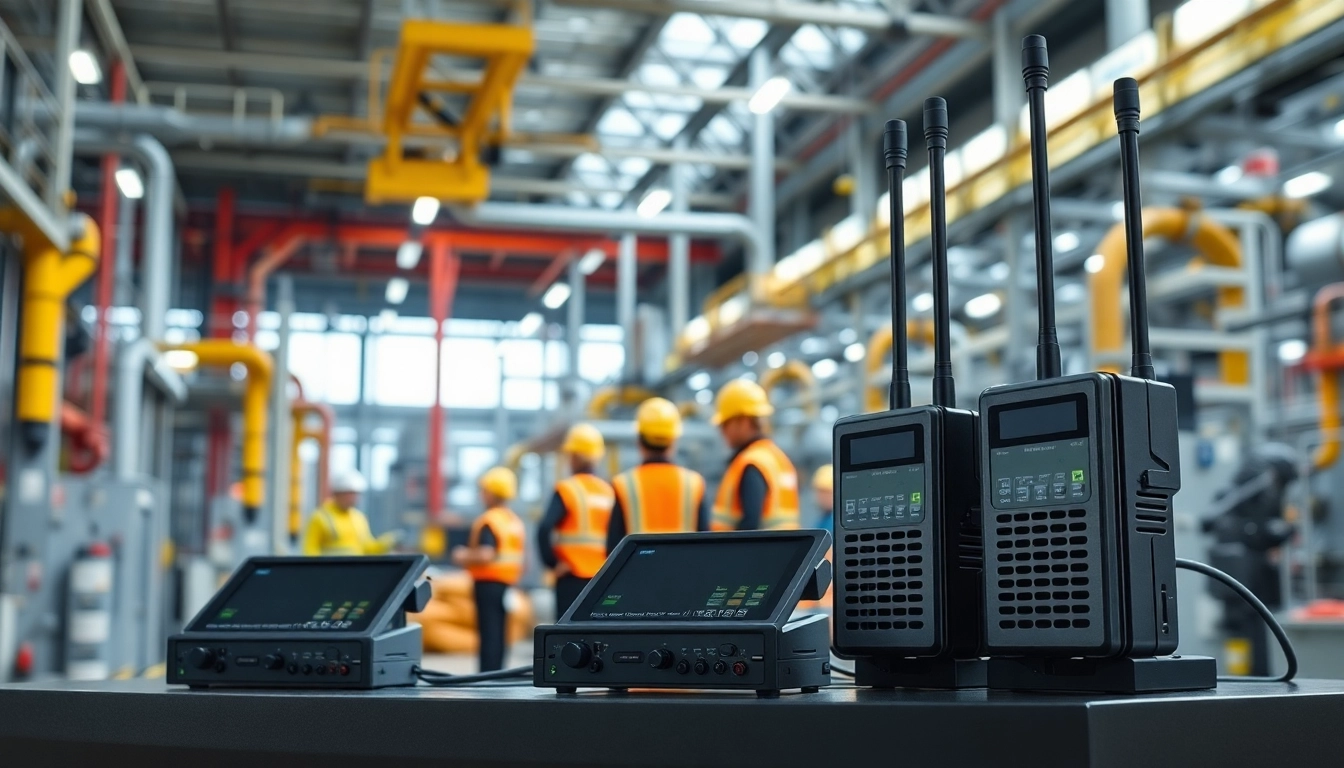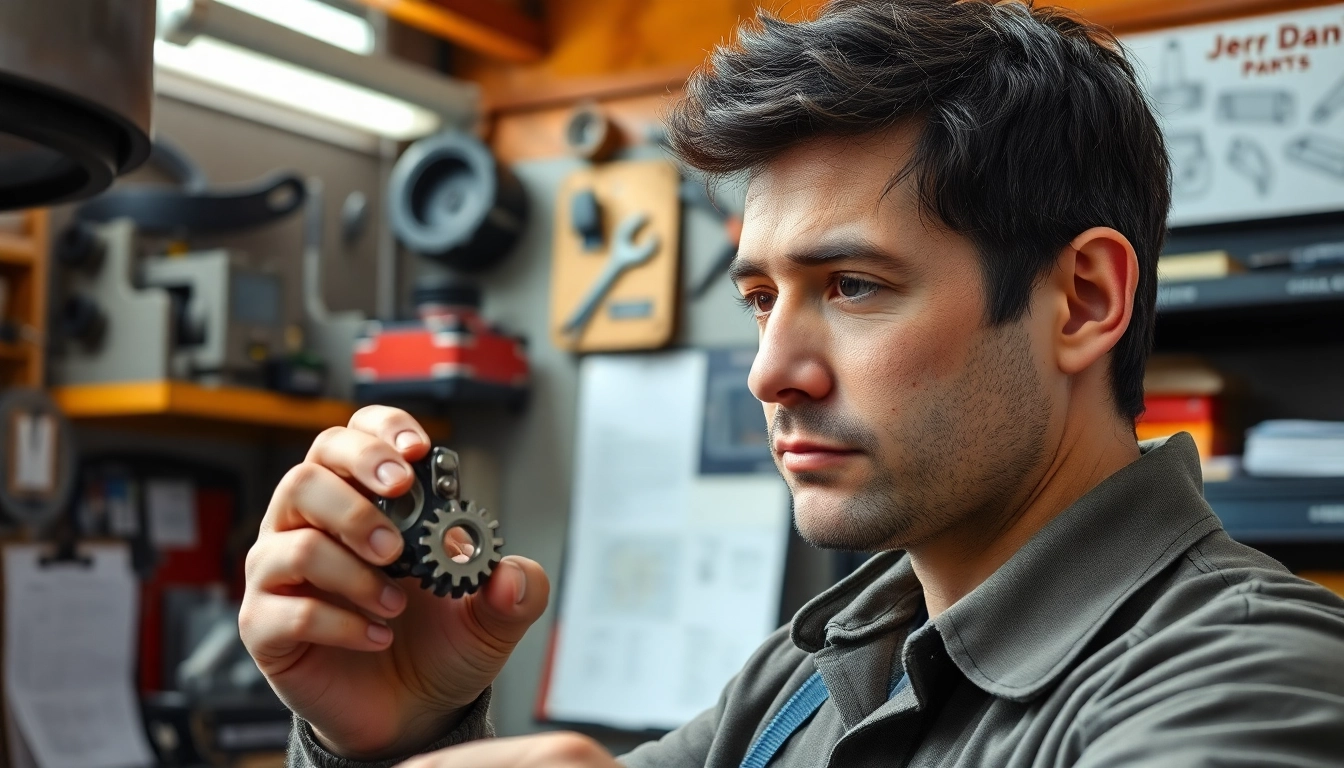Understanding the Basics of Electrical Troubleshooting
Introduction to Electrical Systems
Electrical systems are the backbone of modern infrastructure, powering everything from household appliances to industrial machinery. Understanding how these systems function is crucial for anyone involved in electrical troubleshooting. Typically, an electrical system consists of three main components: the source (like a power plant), the load (the devices utilizing the electricity), and the conductors connecting them. Each of these components can potentially fail, leading to a myriad of problems that require effective troubleshooting.
Common Electrical Problems
Electrical systems can face numerous challenges. Some of the most common problems include:
- Circuit Overloads: This occurs when the load on a circuit exceeds its capacity, causing breakers to trip or fuses to blow.
- Unresponsive Circuits: Sometimes, circuits may stop working entirely, which can stem from a variety of failures, including damaged wiring or faulty components.
- Short Circuits: A short circuit happens when electricity flows through an unintended path, often leading to overheating and fires.
- Ground Faults: This involves a break in the path to the ground, which can create shock hazards.
- Faulty Outlets or Switches: These components may wear out over time or become damaged, leading to inconsistent electrical performance.
Fundamental Tools for Electrical Troubleshooting
Effective troubleshooting requires specific tools to diagnose and repair issues accurately. Essential tools include:
- Multimeter: Used for measuring voltage, current, and resistance, a multimeter is crucial for diagnosing electrical problems.
- Voltage Tester: This tool helps determine if power is present in a circuit.
- Screwdrivers and Pliers: Necessary for manipulating and securing electrical components.
- Wire Strippers: Used to expose wires for connection.
- Circuit Tester: Useful for checking the functionality of different circuit elements.
Step-by-Step Electrical Troubleshooting Process
Identifying Symptoms and Gathering Information
The first step in any troubleshooting process is to identify the symptoms of the problem accurately. This involves asking questions such as:
- When did the issue first occur?
- What devices were in use at the time?
- Are there any unusual sounds or smells associated with the problem?
Gathering information from users and observing the environment can provide crucial insights into the issue, helping to narrow down potential causes.
Using Tools Effectively
With the right information at hand, using tools effectively is the next step. For instance, using a multimeter to measure voltage across outlets can help identify whether there’s a supply issue or whether the problem lies within the appliance connected to the outlet. Similarly, a voltage tester can confirm if a circuit is live before proceeding with further inspection.
Documenting Findings and Solutions
Documentation plays a critical role in troubleshooting. Keeping records of findings helps you understand patterns in recurring issues and can also assist others who may encounter similar problems. Create a standard format to log:
- The symptoms observed
- Tools used and measurements taken
- Solutions attempted
- Final outcomes
This information can serve as a reference for future troubleshooting and can also assist in ongoing maintenance strategies.
Advanced Techniques for Electrical Troubleshooting
Troubleshooting Complex Circuits
Complex circuits can present unique challenges, especially when multiple components or systems interact. Breaking down the circuit into simpler sections can help isolate issues. For example, instead of testing the entire network at once, methodically check each part, starting from the source of electricity and moving to the load. Identifying the flow of electricity throughout the circuit often reveals inconsistencies and faults more effectively.
Dealing with Electrical Short Circuits
Short circuits demand immediate attention, as they pose significant safety hazards. The first step is to turn off the power to the affected circuit to prevent damage and ensure safety. Once the power is off, inspect the circuit for wiring issues, damaged insulation, or faulty devices that could be causing the short circuit. In many cases, replacing damaged components or repairing wiring can resolve the issue.
Analyzing Electrical Load Issues
Electrical load analysis is vital for troubleshooting performance issues, especially in systems with varying demands. Understanding how the load shifts at different times can help identify whether circuits are becoming overloaded or if there are opportunities to redistribute electricity more effectively. This can involve reviewing historical data on consumption patterns and comparing them to the circuit design specifications.
Safety Practices in Electrical Troubleshooting
Essential Safety Gear and Equipment
Safety should always be a priority when working with electrical systems. Essential safety gear includes:
- Insulated Gloves: Protect your hands from electrical shock.
- Safety Glasses: Prevent dust and debris from injuring your eyes.
- Hard Hats: Offer protection from falling objects, especially in commercial environments.
- Checklists: Utilize safety checklists to ensure all precautions are taken before starting any troubleshooting work.
Understanding Electrical Codes
Familiarity with local electrical codes is critical for safe and compliant troubleshooting. These codes govern various aspects of electrical systems, such as installation practices, component specifications, and safety measures. Adhering to these regulations not only ensures safety but also helps avoid legal complications.
Avoiding Common Hazards
Common electrical hazards can be easily mitigated with proper knowledge and practices. Some important considerations include:
- Always assume that wires are live until proven otherwise.
- Avoid working alone in potentially hazardous environments.
- Keep workspaces well-lit and organized to prevent accidents.
- Use circuit breakers instead of fuses wherever possible, as they provide a safer way to manage overloads.
Measuring Success in Electrical Troubleshooting
Analyzing Repair Outcomes
Measuring the success of troubleshooting efforts involves evaluating the effectiveness of repairs. This can include gauging whether the electrical systems returned to optimal performance and assessing customer satisfaction when applicable. Follow-up evaluations can also reveal whether issues have reoccurred, offering insight into the thoroughness of the initial troubleshooting.
Improving Troubleshooting Skills
Continual improvement in troubleshooting skills can significantly enhance performance. Consider engaging in professional development opportunities such as:
- Training Workshops: Attend sessions focused on the latest electrical technologies and troubleshooting techniques.
- Online Courses: Explore platforms offering specialized courses in electrical troubleshooting and maintenance.
- Peer Collaboration: Work with other professionals to share insights and improve problem-solving techniques.
Long-term Maintenance Strategies
Implementing long-term maintenance strategies ensures that electrical systems remain functional and safe over time. Regular inspections, replacing aging components proactively, and maintaining accurate documentation of system changes can help catch issues before they escalate into major problems.



